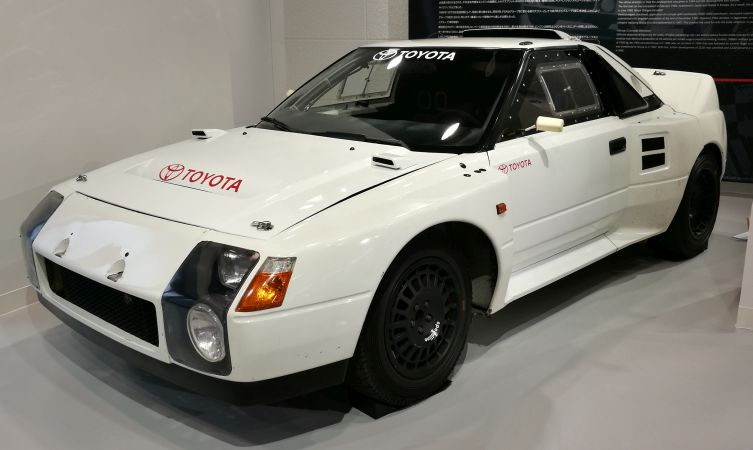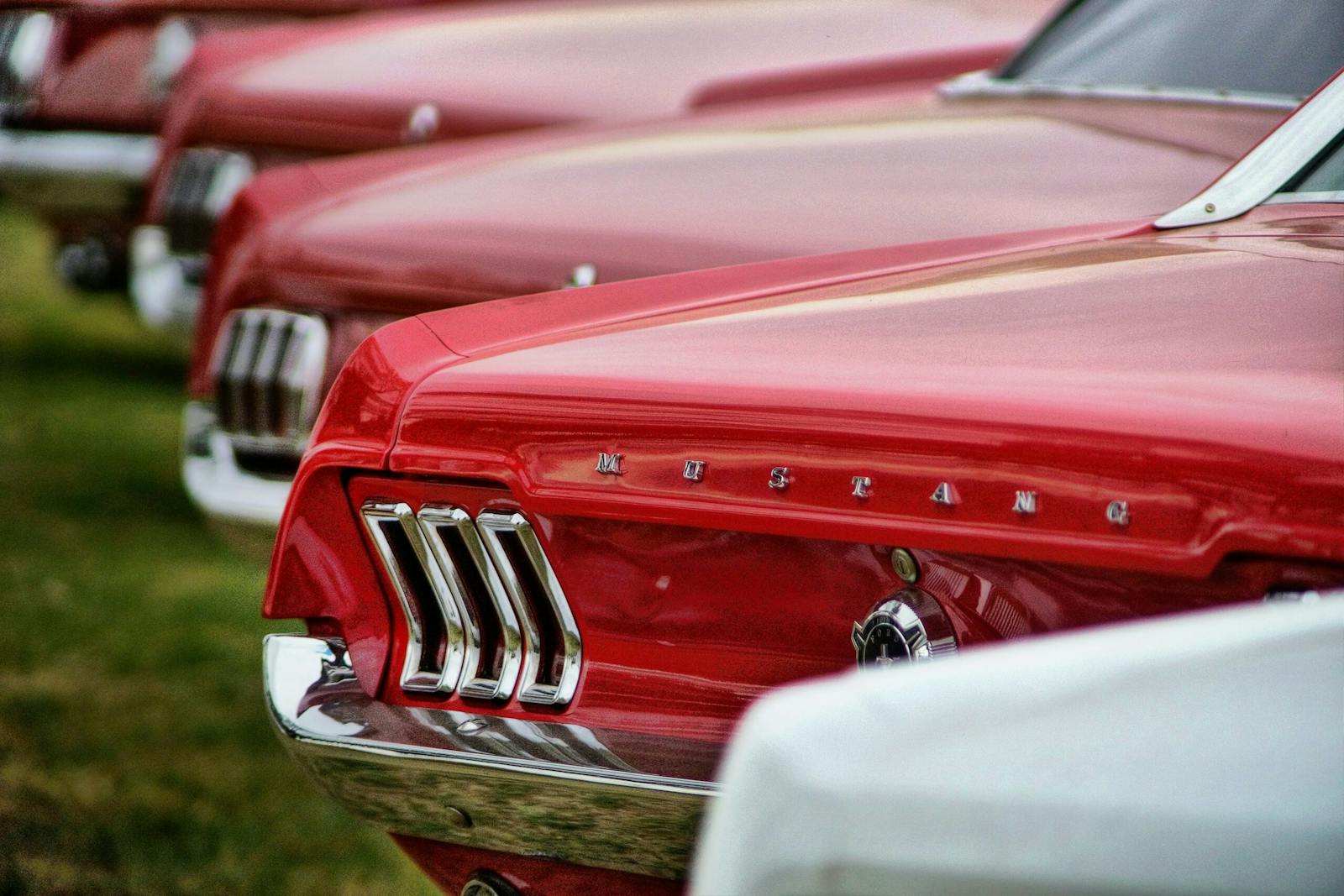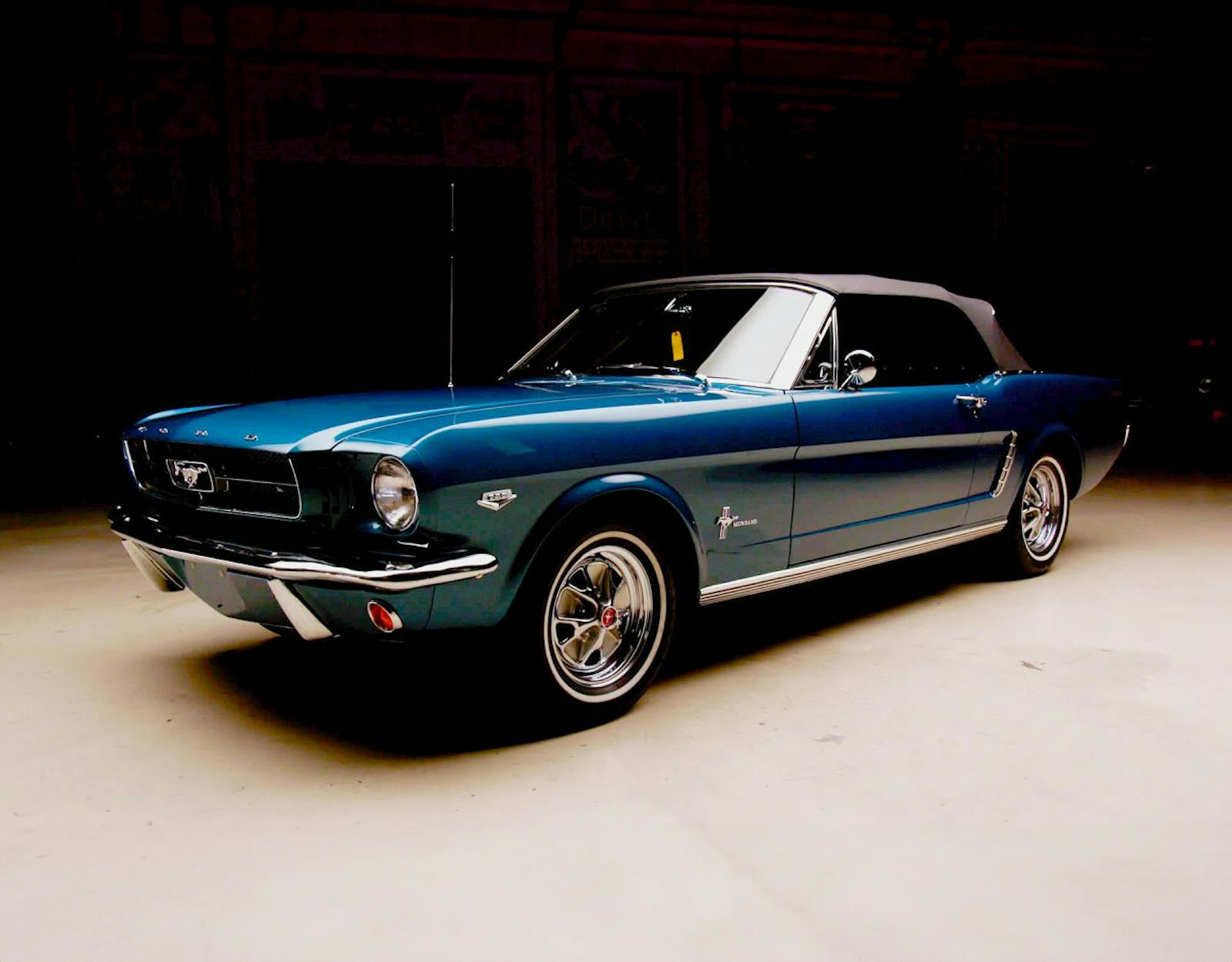6 Japanese supercars you’ve probably never heard of
At Friday’s Quail Motorsports Gathering, a glittering must-attend stop on any tour of Monterey Car Week, visitors can expect to find both common and very unusual visitors from the Land of the Rising Sun. James Bond fans will be delighted to see the shining perfection of Takeshi Moroi’s convertible Toyota 2000GT, one of two cars built for 1967’s You Only Live Twice. Everyone else will scratch their head at the spaceship parked on the lawn, a wedge-shaped supercar that’s like a Maserati Boomerang built by samurai.
This is the 1978 Dome Zero, a long-lost supercar from Japan’s past, and one that shocked the world. In modern times, the idea of a Japanese supercar is not to be scoffed at, with the likes of the monstrous R35 Nissan GT-R putting out incredible performance figures, and the Lexus LFA blending delicate precision and howling V-10 fury.
However, along with its more well-known cars, Japan has produced all manner of forgotten and obscure machinery in terms of engineering and exoticism, just like the rest of the world. The Dome, which you’ll be able to see on display at the Petersen Museum in Los Angeles, California beginning September 1, is just the tip of the iceberg.
Dome Zero

Usually the Toyota 2000GT is considered to be Japan’s first supercar. Expensive, curvaceous, and beautiful, its appearance on the silver screen ensured that it would become a household name. The Dome Zero, on the other hand, was as shocking as a Countach, but has since faded into history.
When it debuted at the 1978 Geneva Auto Show, an event known for its wild concepts, the Dome Zero dropped jaws. A decade after the 2000GT showed a Japanese take on the Jaguar E-Type, the Zero wasn’t derivative of anything. It was a center-seat blend of sharp-edged anime drawing and futuristic styling. At just 38.6-inches tall, it sat lower than a Ford GT40 and the glassed-in rear flying buttresses were pure 1970s sci-fi fantasy.
Less phantasmagorical was the Dome’s stalwart powertrain, a mid-mounted L28 2.8-liter straight-six engine lifted out of a Datsun 280Z. While hardly exotic, this tough and well-understood powertrain was selected to serve Dome’s racing aspirations, specifically at the 24 Hours of Le Mans. In street form it produced around 143 horsepower, sufficient to move the 2030-pound chassis with alacrity. A toy company loved the Zero’s shape, and with the money from licensing, Dome moved its headquarters and looked toward production requirements.
While the prototype had a few prosaic parts under its outrageous skin (the steering wheel was lifted from a Honda Accord, for instance), Dome’s racing experience indicated a production Zero would have been excellent to drive. Founded by racing engineer Minoru Hayashi in 1975 as Kabushiki Kaisha Dōmu (translated “Child’s Dream”), Dome began building and racing Group C and Formula 3 cars, and even entered a V-8-powered racing version called the Zero RL at Le Mans in 1979.
The Zero failed because it neither passed through the expensive Japanese homologation process, nor did a second prototype intended for export gain enough traction for production while the team focused on racing efforts. The Le Mans efforts managed a best finish of last place in 1980, though in fairness more than half the field ended below on the classification with a DNF. The Zero RL did better than Porsche 935s, BMW M1s, and a couple of Ferrari 512s.
What might have been with a little more development money to push the Dome Zero through its birthing pains? Today, we can only look at its astounding proportions and dream.
Toyota 222D

Not so much a supercar as a secret rally legend, the 222D was Toyota’s answer to cars like the Ford RS2000 and the MG Metro 6R4. However, instead of competing in Group B, this outrageous Toyota was intended for Group S rallying, a replacement for Group B that kept the danger but made development even easier.
The rules for Group B didn’t set limits on horsepower or engine displacement, but did insist on the production of 200 street variants of the rally cars to be entered. Group S didn’t add restrictions, but dropped the homologation requirements to just 10 cars, meaning the engineers were free to take the gloves off.
The stubby little 222D was roughly based on the Toyota MR2, and originally featured a 1.6-liter engine. Toyota decided that wasn’t nearly enough, and fitted a 2.2L transversely-mounted four-cylinder engine with a turbocharger the size of a tumble-dryer.
So-equipped, and fitted with all-wheel-drive, the flared-out 222D made some 600-plus horsepower and was reportedly nearly undriveable. Turbo lag lasted as long as three seconds between throttle application and all hell breaking loose, with the car lurching from understeer to tail-out oversteer and smoking the tires on any surface.
Toyota built the 222D in two variants, with longitudinal and transverse engine placement, in rear-wheel-drive and all-wheel-drive respectively. Regrettably, the cancellation of Group B put paid to Group S development as well, and of the eleven cars built, eight were subsequently scrapped. Two survived, but only Chassis 1, kept at Toyota Motorsport in Cologne, Germany, is known to exist today.
Yamaha OX99-11

It’s perhaps worth pointing out that the Toyota 2000GT wasn’t really a Toyota product entirely, and was in fact built for Toyota by Yamaha. Still known for the performance of its motorcycle division, Yamaha’s metallurgical expertise came from their production of musical instruments, something the company is still very much involved in today (the Yamaha logo is three tuning forks, by the way). Over the years, Yamaha has been linked with essentially every great Toyota product, usually helping with intake and exhaust, to provide better breathing—the LFA’s V-10 sounds the way it does because of Yamaha’s involvement.
In the late 1980s, Yamaha was competing in Formula One as an engine supplier, building screaming V-12s that certainly sounded the part. However, the twelves weren’t quite up to the task in outright power, nor in reliability, and Yamaha’s involvement in F1 was anything but successful.
Despite this sobering reality, Yamaha entered the early 1990s drunk on the optimism of the Japanese bubble economy. Anything seemed possible in a time when the grounds of the Imperial palace were valued at the same cost as tall the real estate in California. Surely, this wave would never crest.
Deciding the time was ripe for a truly outlandish supercar, Yamaha took its new 600-hp 3.5L 12-cylinder engine, code-named OX99, detuned it to 400 hp for street use, and commissioned a chassis from IAD in the UK. The result was a sort of road-going Group C car, a tandem two-seater that blended an F16 Falcon and a Ferrari F50 into a tiny carbon-fiber shape. The engine revved to 10,000 rpm, it had a six-speed manual gearbox, and the theoretical top speed was 217 mph.
Unfortunately, the cost of all this F1 tech for the road was astronomical. The OX99-11’s projected price tag was $800,000, and the three prototypes arrived just in time for a global recession. Just like its F1 attempts, Yamaha’s supercar dreams were destined for failure.
Tommykaira ZZII
The arrival of the Gran Turismo video game in 1997 changed everything for the perception of Japanese cars in the North American market. Overseas, gearheads of many nationalities already knew about cars like the Mitsubishi Lancer Evolution, Subaru Impreza WRX, and the mighty Nissan Skyline GT-R. These remained forbidden fruit for most of us—unless Santa Claus brought you a Sony Playstation.
While only existing in prototype form, the ZZII was absolutely bonkers in terms of performance. It had a 542-hp twin-turbo straight-six from a Nissan GT-R, a six-speed manual gearbox, and all-wheel drive, with a projected top speed of around 215 mph. In the videogame world, where the rules of physics get loosened up a little, you could tune your ZZII to nearly 2000 hp.
Even if the ZZII remained mostly a digital flight of fancy, Tommykaira was not. More than a tuning house, the company’s previous efforts included the original ZZ, a sort of Lotus Elise clone powered by a Nissan SR20 four-cylinder engine. It was relatively successful, with approximately 200 produced, and the ZZII could have followed suit, albeit in smaller volumes. Unfortunately, Tommykaira was bought out by Autobacs, a parts company that currently sponsors Japan’s Super GT races, and the ZZII became prototype and digital dreamcar only.
Nissan R390 GT1

Racing is all about creative interpretation of the rules. It’s not cheating if nobody explicitly said you aren’t allowed to do it. Thus, when Porsche turned the GT racing series on its ear by first building a purpose-built race car with the 911 GT1, then modifying it to street-car legality, rather than the other way around, other manufacturers could either complain or join in. Nissan joined in.
Deciding to at least honor the spirit of the regulations, Nissan elected to build the road-car version of its GT racer first, and brought in Tom Walkinshaw Racing and Tony Southgate, an engineer with extensive F1 experience. Styling would be handled by Ian Callum, and with a modern British dream team neatly reflecting Nissan’s early days building cars like the Austin A50 under license, the R390 began to take shape.
Nissan’s straight-six had powered many of their previous racing efforts to victory, but its iron block was too heavy for racing at the top echelon. Instead, a twin-turbocharged 3.5L V-8 was fitted. The engine made 640 hp in racing trim, and the monocoque chassis weighed just over 2200 pounds.
Two road-going examples were made, one of which still sits in Nissan’s Heritage collection in Zama, Japan. Nissan coyly lists the power output as “over 257kW,” but the street-going version of the R390 actually made around 550 hp. With a top speed of 220 mph, the R390 GT1 remains one of the fastest production cars ever made in Japan. A shame that they only made just the two of them.
Toyota GT-One

The chief Japanese rival for the Nissan R390 was undoubtedly this wild Toyota racing machine, internally referred to as the TS020, but better known as the GT-One. If you take a closer look at Toyota’s win at Le Mans this year, it’s worth noting that the company’s been trying for victory at the world’s most famous endurance race for decades.
The GT-One came pretty close, with a first in class and second overall at the 1999 24 Hours of Le Mans, ahead of Audi Sport Team Joest. However, that racing victory was not without a cost: just as with the R390, Toyota had to build a couple of street-legal versions of its racing machines to compete.
Designed by the same Cologne-based team that now stores the 222D, the GT-One was built around a carbon-fiber monocoque chassis and equipped with a fully reworked 3.6L twin-turbo V-8 that took its roots from Toyota’s previous Group C racing efforts. The road-going version had a slightly raised ride height versus the racing car, and a lower wing, but maintained the same 600-hp power output. Total weight increase was roughly 30 pounds or so, which included fitting air-conditioning.
Toyota had no intention of building enough GT-Ones to sell, which is a shame as the performance specs are incredible. In racing trim, it set a lap record of 3 minutes, 35 seconds at Le Mans, and in street form it would run to 60 mph in approximately 3.2 seconds and on to a limited top speed of 236 mph.
With the announcement that the 1000-hp Gazoo Racing Super Sport concept is likely to go into production with many features lifted straight from their Le Mans winning TS050 hybrid, Japan may be getting a new ultimate hypercar. Whether it will be built in sufficient numbers to become a lasting icon like the 2000GT or merely a footnote like the Dome Zero remains to be seen. However, whether it’s a prototype fit only for the history books, or a rare machine occasionally seen out and about at Monterey Car Week, the GR Super Sport follows in the footsteps of its ancestors of speed.


